Wooden Durga Carving 2ft-Natungram Burdwan- Handcarved Unique Decorative Showpiece (Wood, Livingroom, Showpiece, Gift, Decor, Home Decor)
The Wooden Durga is a traditional handicraft from the village of Natungram in Burdwan district of West Bengal. The idol is carved from a single piece of wood. The craftwork is famous for its unique shape and intricate craving. It is generally made out of gamar wood, mango wood, shimul wood, chatim wood etc. and are carved in a variety of sizes. The wooden Durga is a sculpted representation of the Hindu goddess Durga in her formidable form as Mahishasuramardini, the slayer of the buffalo demon Mahishasura.
Out of stock
- Copy Code FIRST100
FLAT 100/- OFF
On your first purchase
- Copy Code FLAT10
Flat 10% off
On order above 3000/-
- Copy Code FLAT5
Flat 5% off
On order above 1000/-
About the Product
About Wood Carving
Wood carving is a traditional and versatile form of artistic expression that involves shaping and sculpting wood to create intricate designs, patterns, or three-dimensional figures. This ancient craft has been practised across cultures for centuries, producing an impressive array of functional and decorative objects.
Once the carving is complete, preserving the wood and enhancing its appearance is essential. Carvers often apply finishes such as varnish, oil, or wax to protect the wood and bring out its natural beauty. Proper finishing also helps prevent the wood from drying out or becoming damaged over time.
While traditional wood carving techniques are still widely practised, contemporary artists often push the boundaries of the craft by incorporating modern tools, materials, and design concepts. Wood carving is not only a traditional craft but also a dynamic art form that continues to evolve with the creativity of each generation. The craft not only showcases the talent and skill of Indian artisans but also serves as a link between the past and the present, connecting communities through a shared appreciation for craftsmanship and artistry.

How Old the craft is?

The history of wood carving dates back to ancient times when early humans used sharp tools to shape wood for practical purposes, such as tools, weapons, and utensils. As societies evolved, so did the art of wood carving, with intricate carvings adorning religious structures, furniture, and architectural elements. From the ornate woodwork in Gothic cathedrals to the delicate carvings on Chinese furniture, wood carving has played a significant role in the artistic heritage of civilizations worldwide. With a history spanning thousands of years, Indian wood carving has evolved through various dynasties and regions, producing exquisite examples of craftsmanship that adorn temples, palaces, and everyday items. Wood carving in India has deep roots in religious and cultural practices. Intricate carvings can be found in ancient temples and palaces, showcasing the skills of craftsmen who were often considered master artists. These carvings often depict religious deities, mythological scenes, and ornate patterns.
About this craft
The Wooden Durga is a traditional handicraft from the village of Natungram in Burdwan district of West Bengal. The idol is carved from a single piece of wood. The craftwork is famous for its unique shape and intricate craving. It is generally made out of gamar wood, mango wood, shimul wood, chatim wood etc. and are carved in a variety of sizes. The wooden Durga is a sculpted representation of the Hindu goddess Durga in her formidable form as Mahishasuramardini, the slayer of the buffalo demon Mahishasura.
Mahishasuramardini symbolizes the triumph of good over evil representing the cosmic battle between divine forces and demonic influences. The tradition of making wooden dolls in Natungram dates back centuries. The artists of Natungram worked first in stone carving, with the patronage of the local Rajas of Bardhaman. However, after the fall of the Raj following the abolition of the Zamindari System, the craftsmen faced difficulties. Many left the stone carving industry and began crafting fine arts and wooden works.
In recent years, the wooden doll of Natungram has become a popular tourist souvenir. They are also exported to other countries, where they are often used as decorative items. The wooden owl of Natungram has acquired the status of Intangible Cultural Heritage (ICH) as recognised by UNESCO. An application for Geographical Indication (GI) is also submitted for the Natungram wooden dolls in 2022.

Additional information
| Place Of Origin | India |
|---|---|
| Art Form | Hand Crafted |
| Material | Wood |
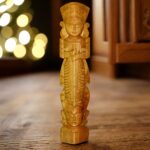 Wooden Durga Carving 2ft-Natungram Burdwan- Handcarved Unique Decorative Showpiece (Wood, Livingroom, Showpiece, Gift, Decor, Home Decor)
Wooden Durga Carving 2ft-Natungram Burdwan- Handcarved Unique Decorative Showpiece (Wood, Livingroom, Showpiece, Gift, Decor, Home Decor)
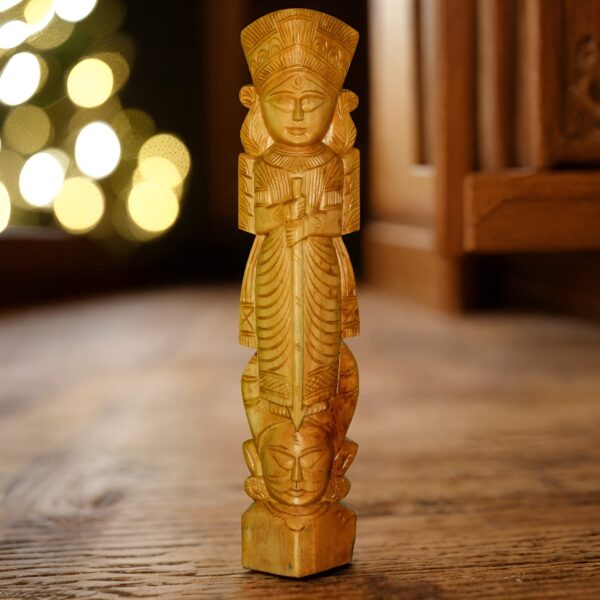
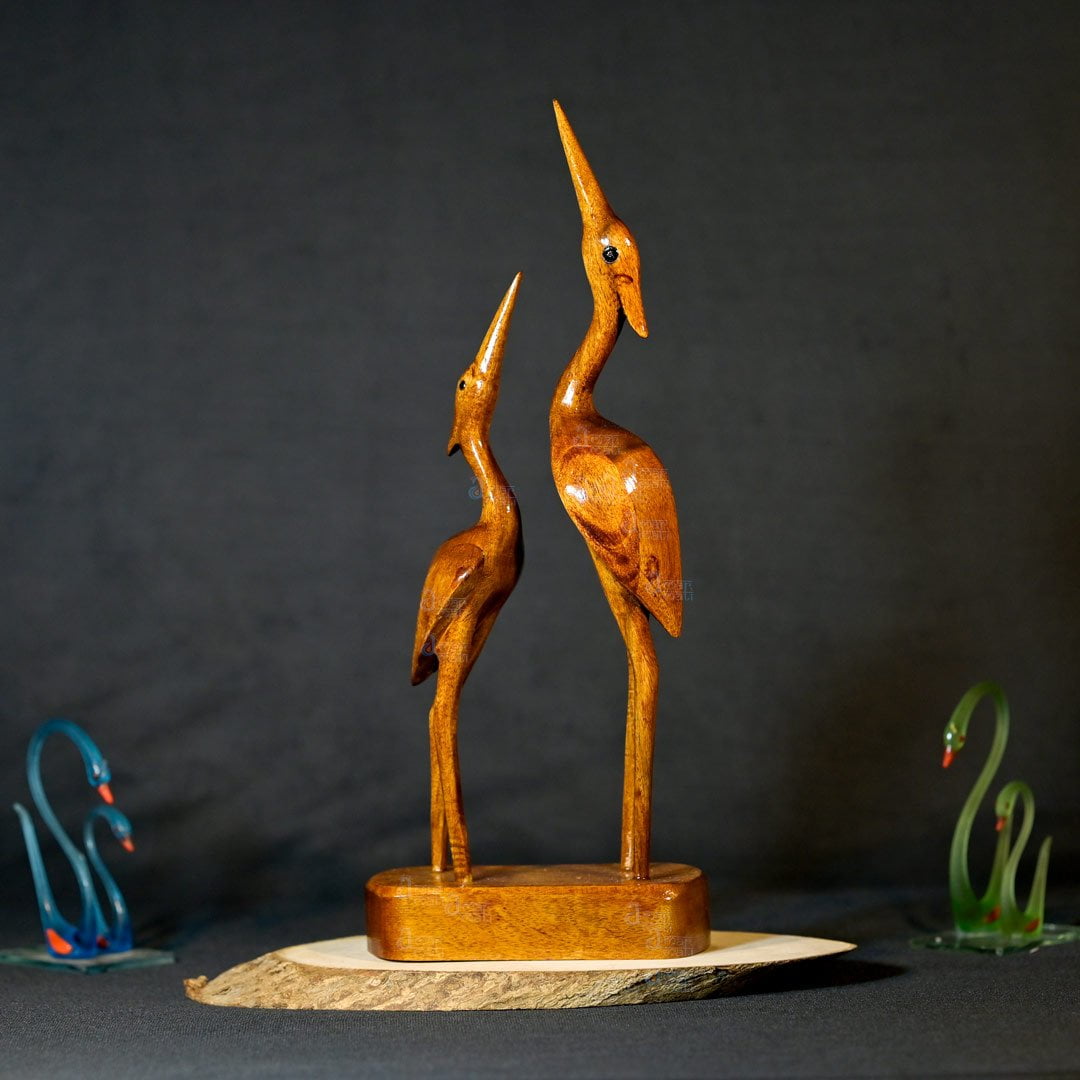

 Add to cart
Add to cart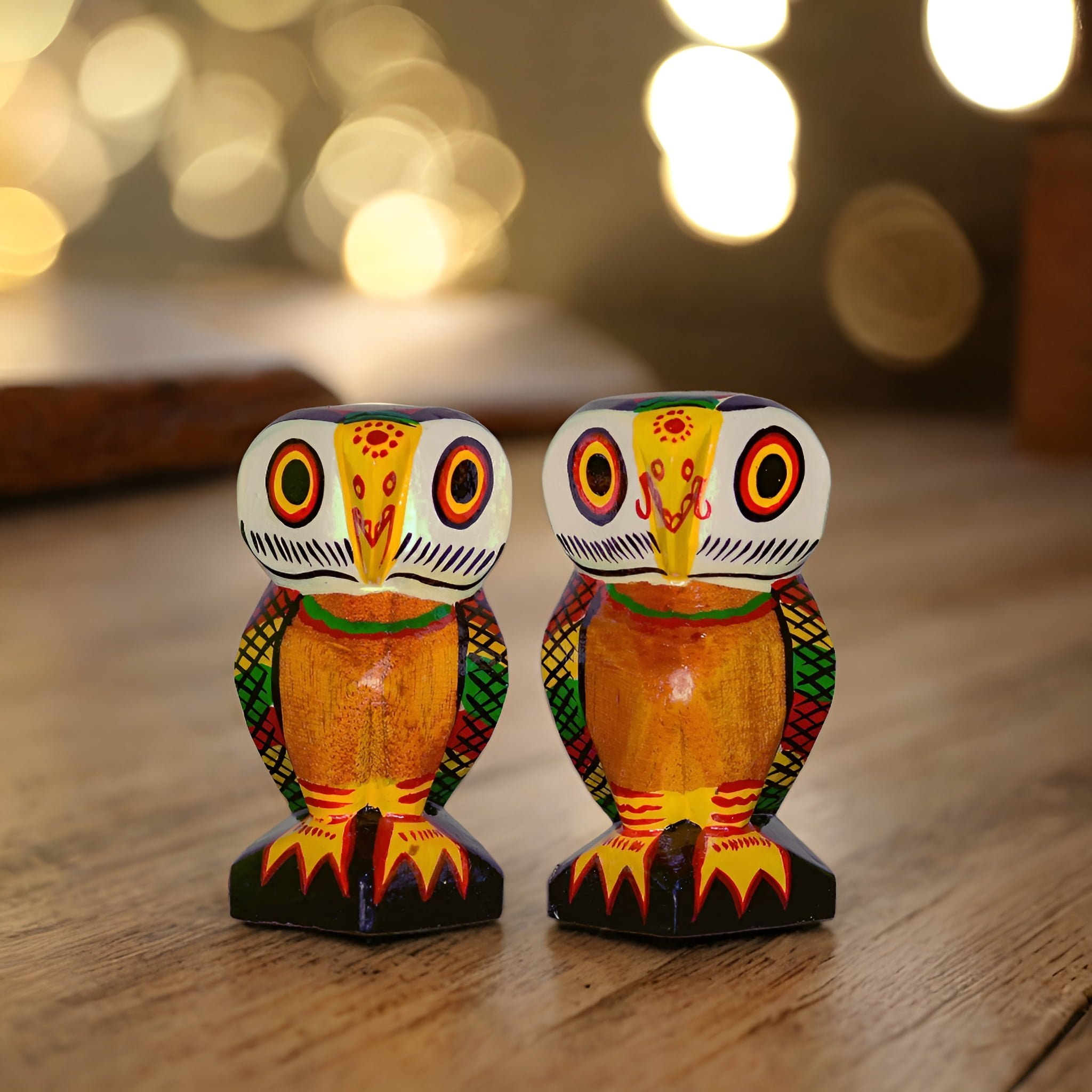
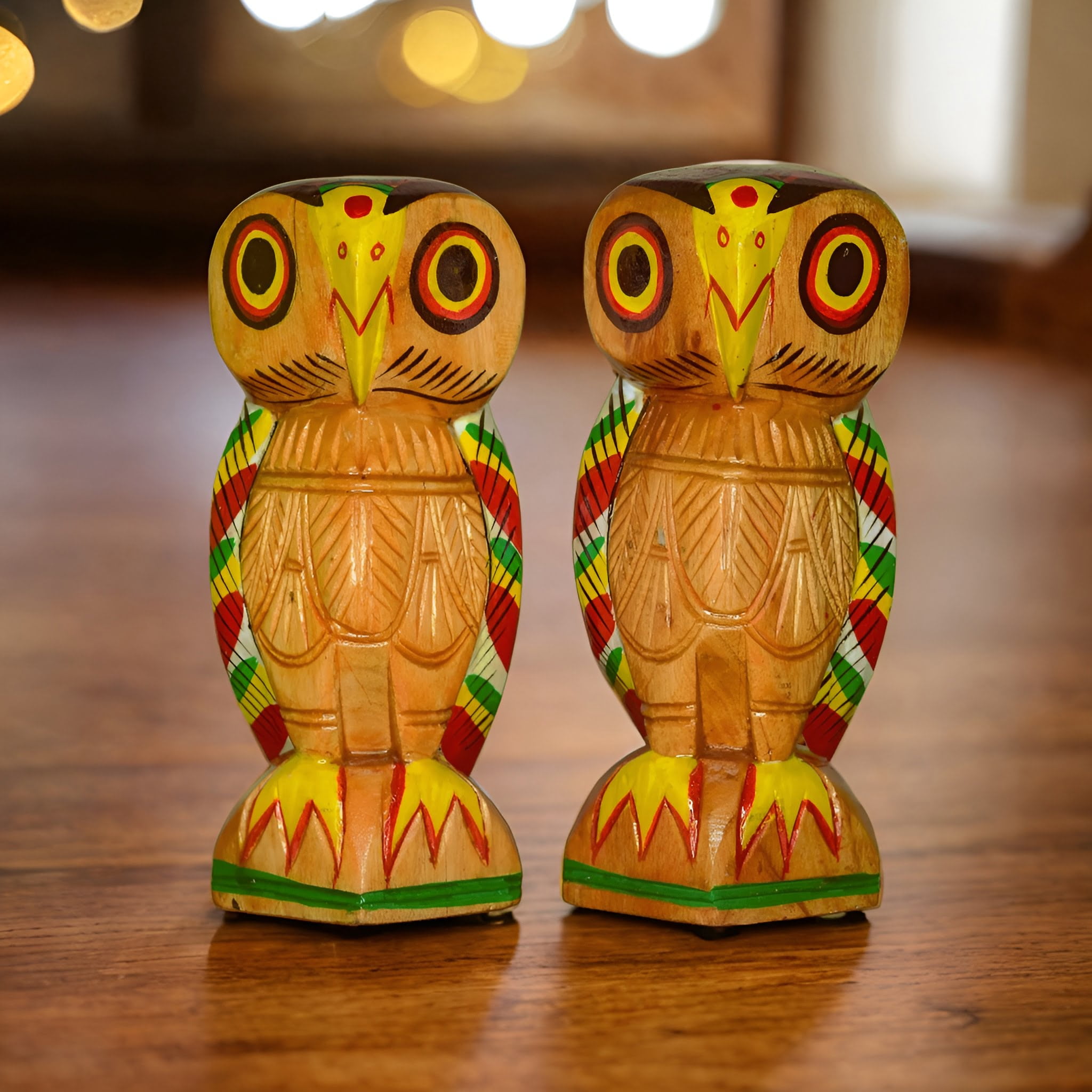


Reviews
There are no reviews yet